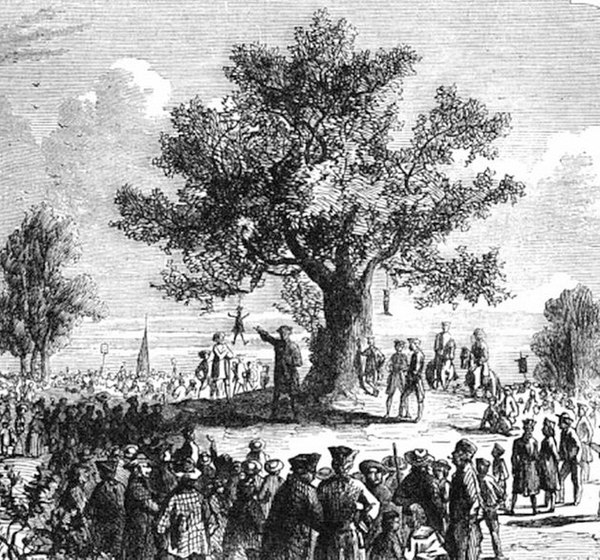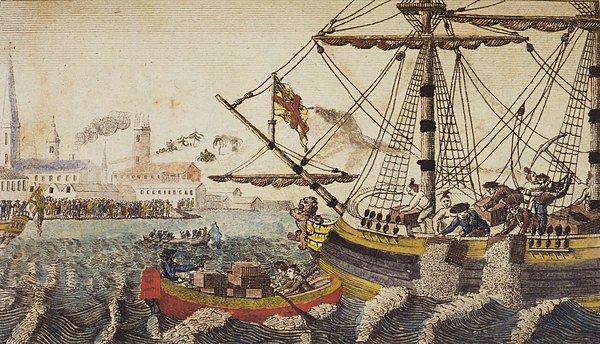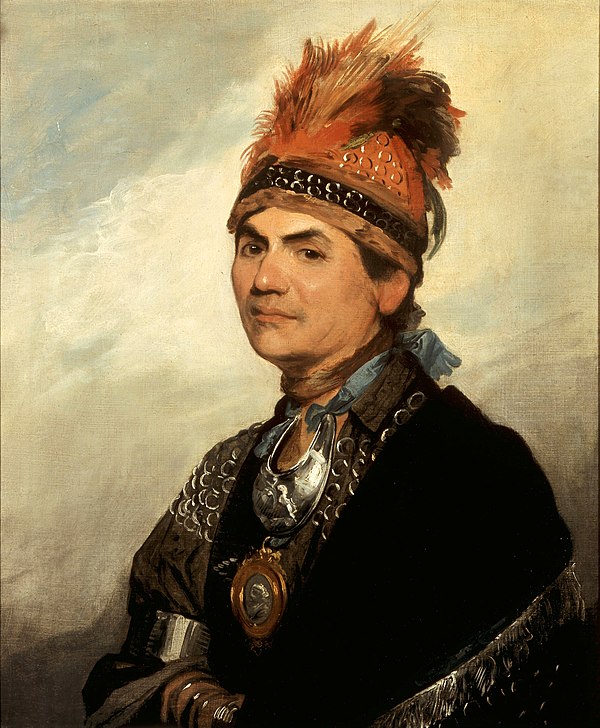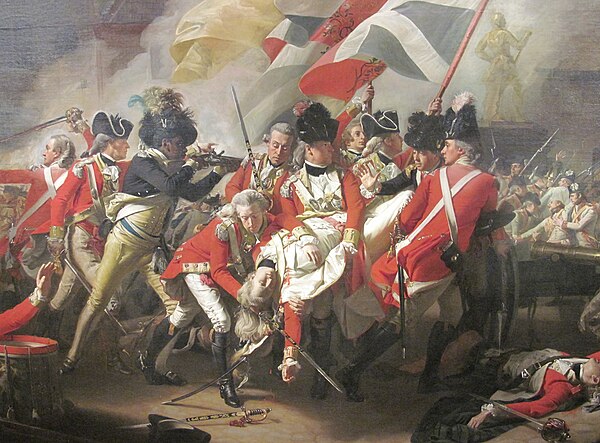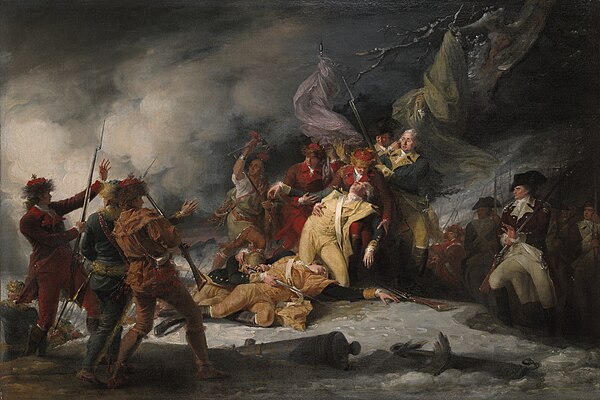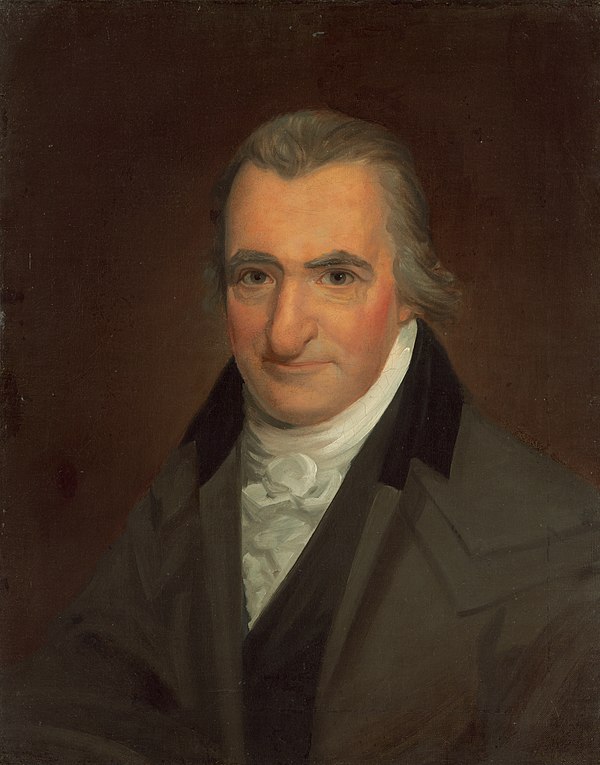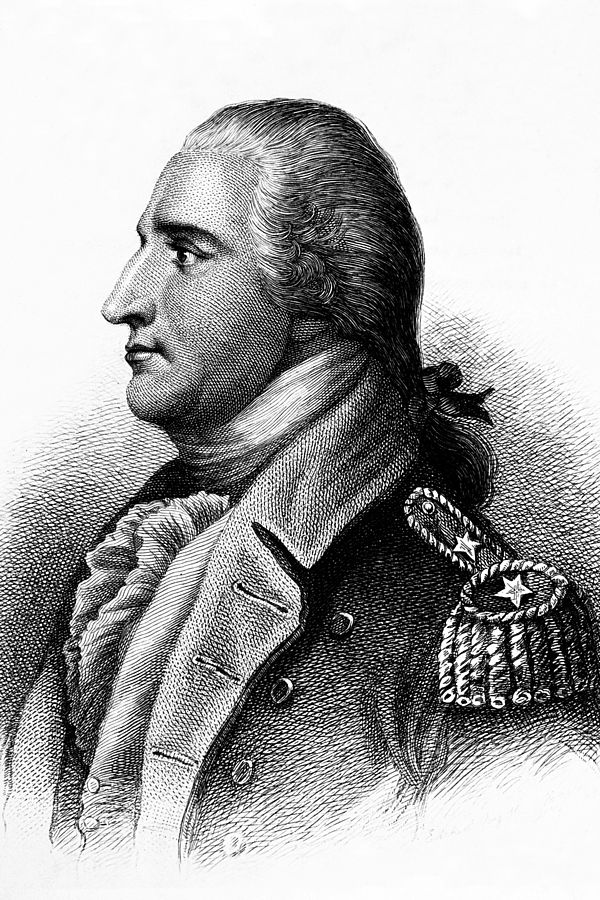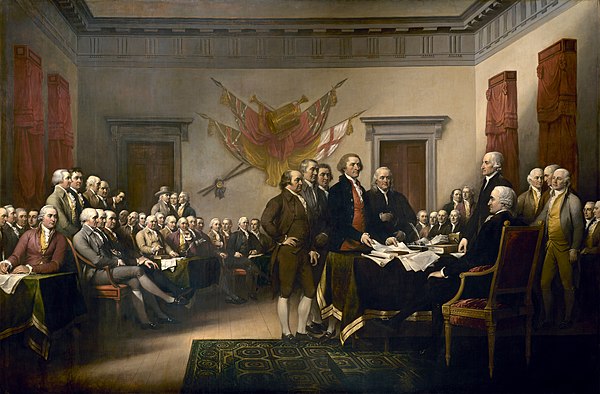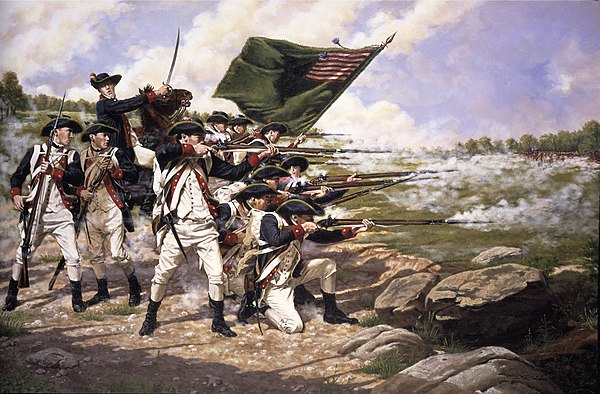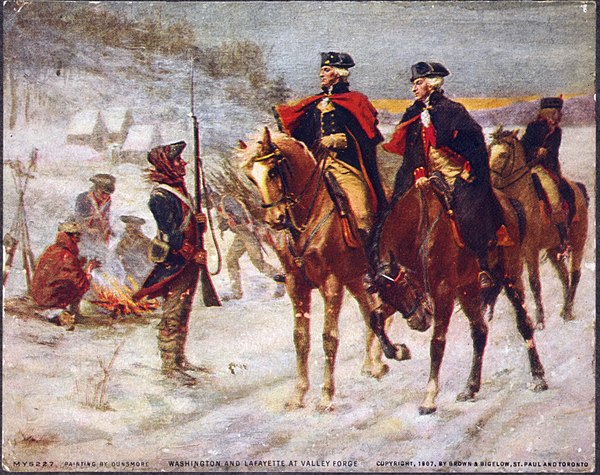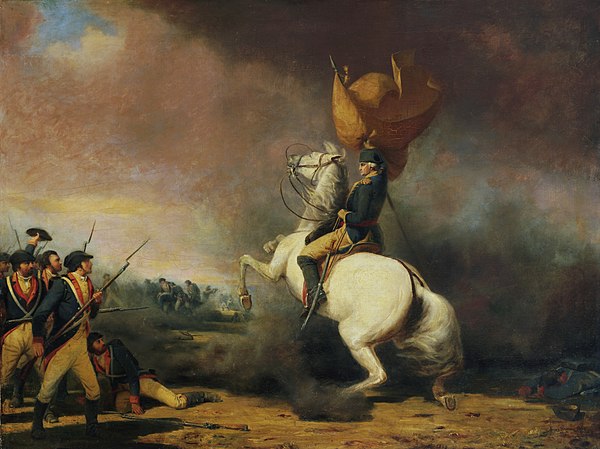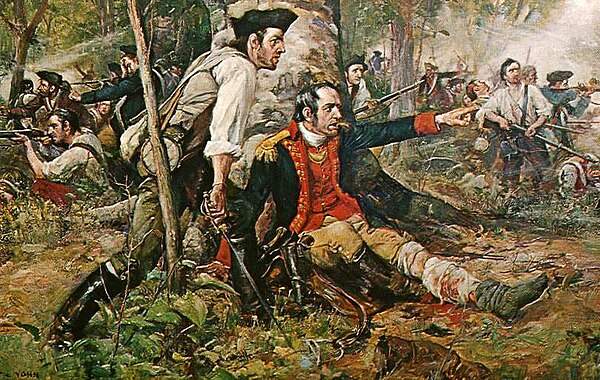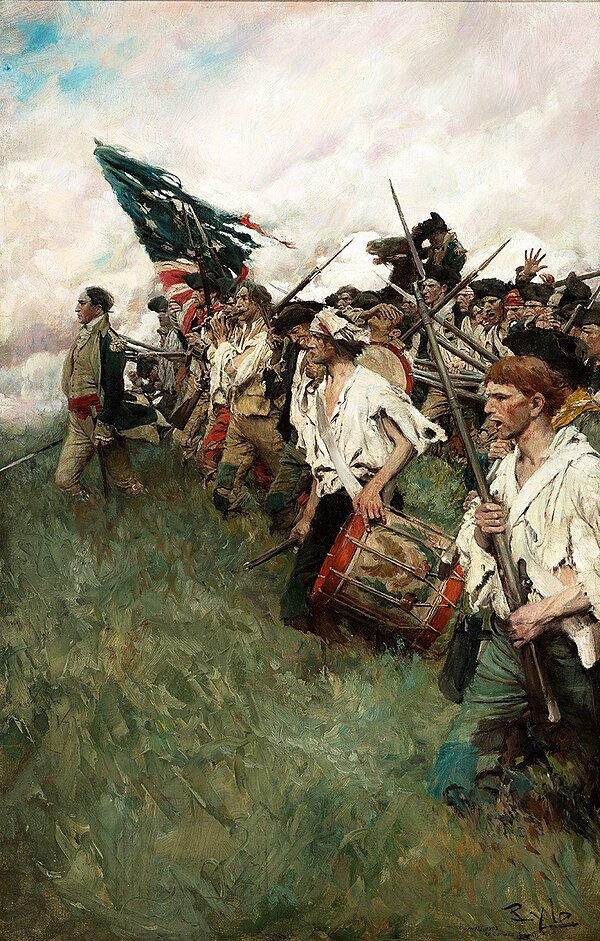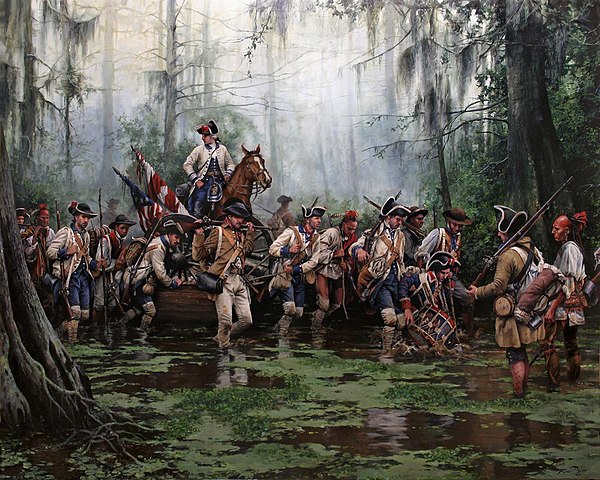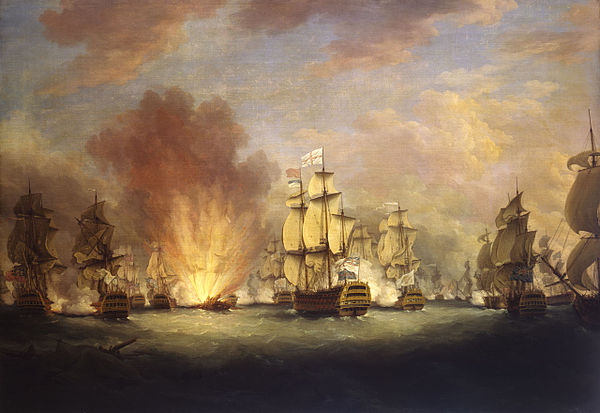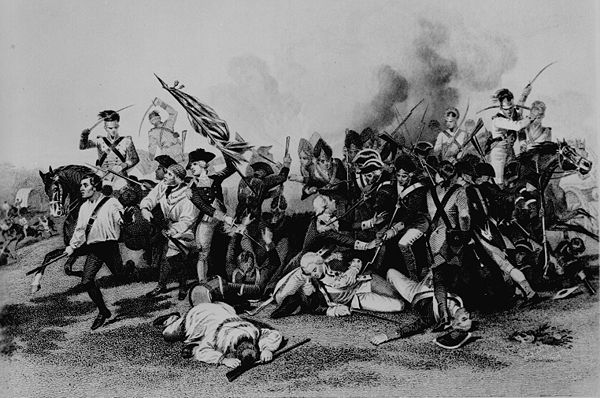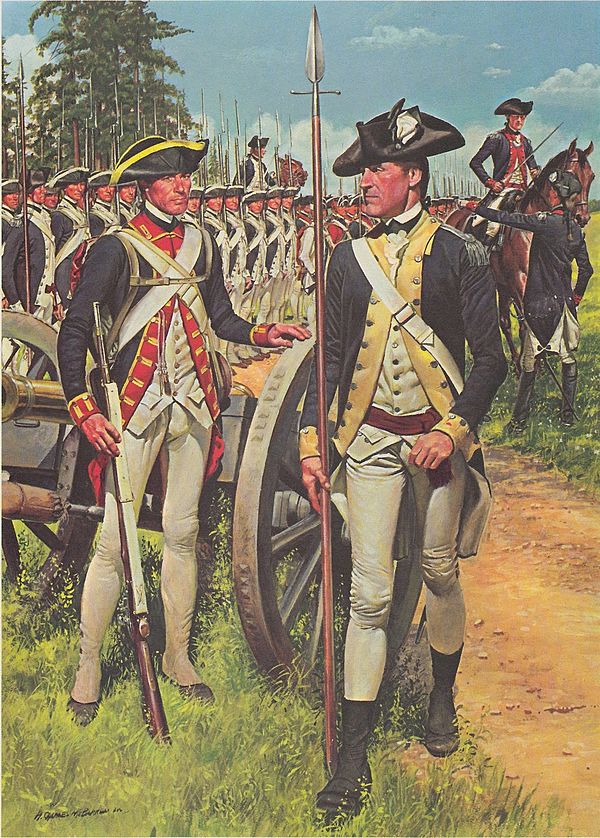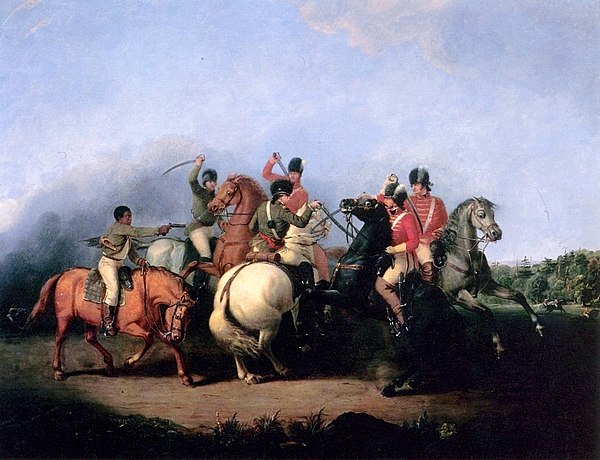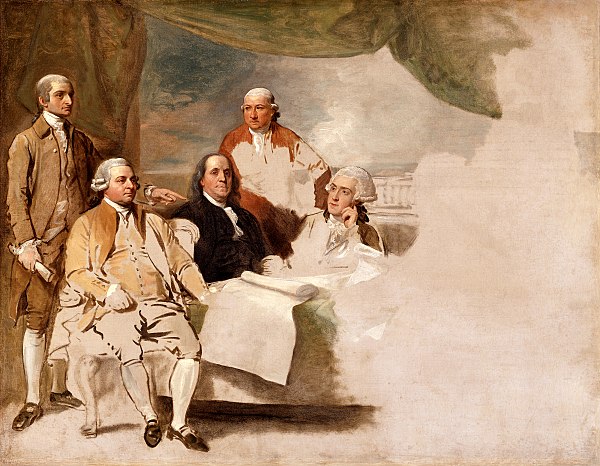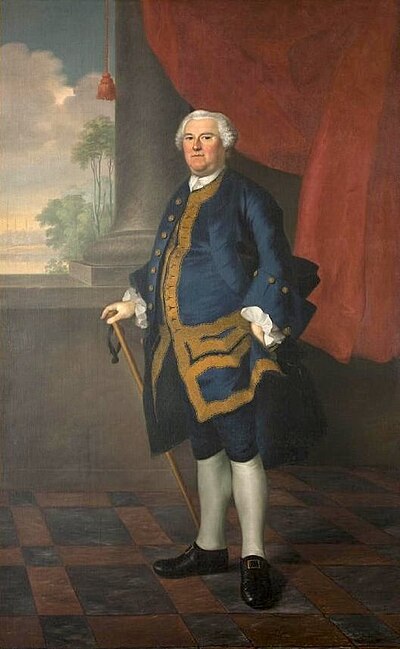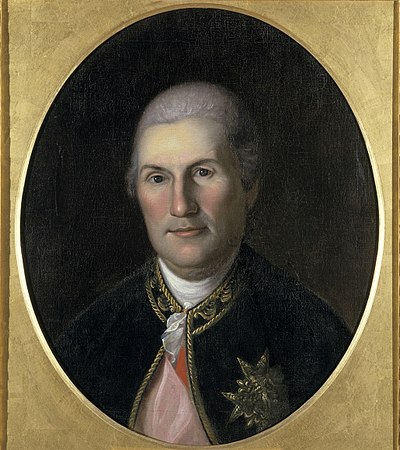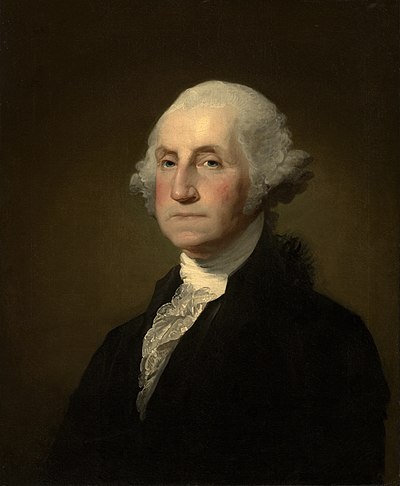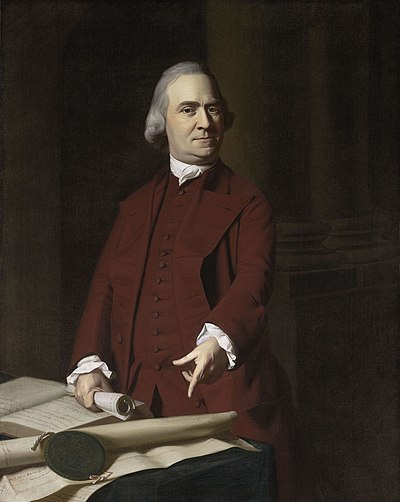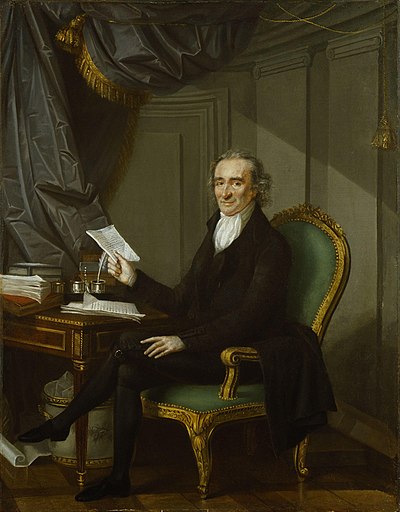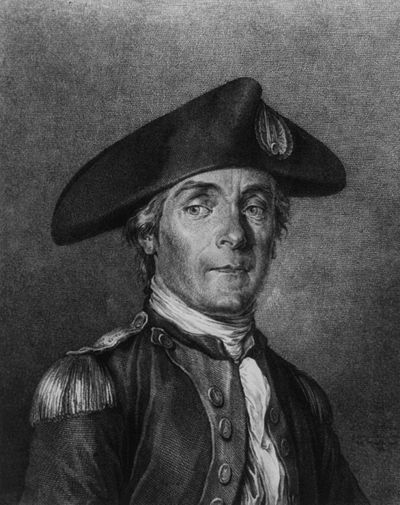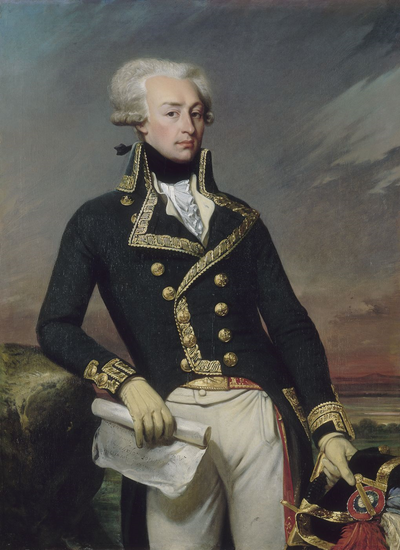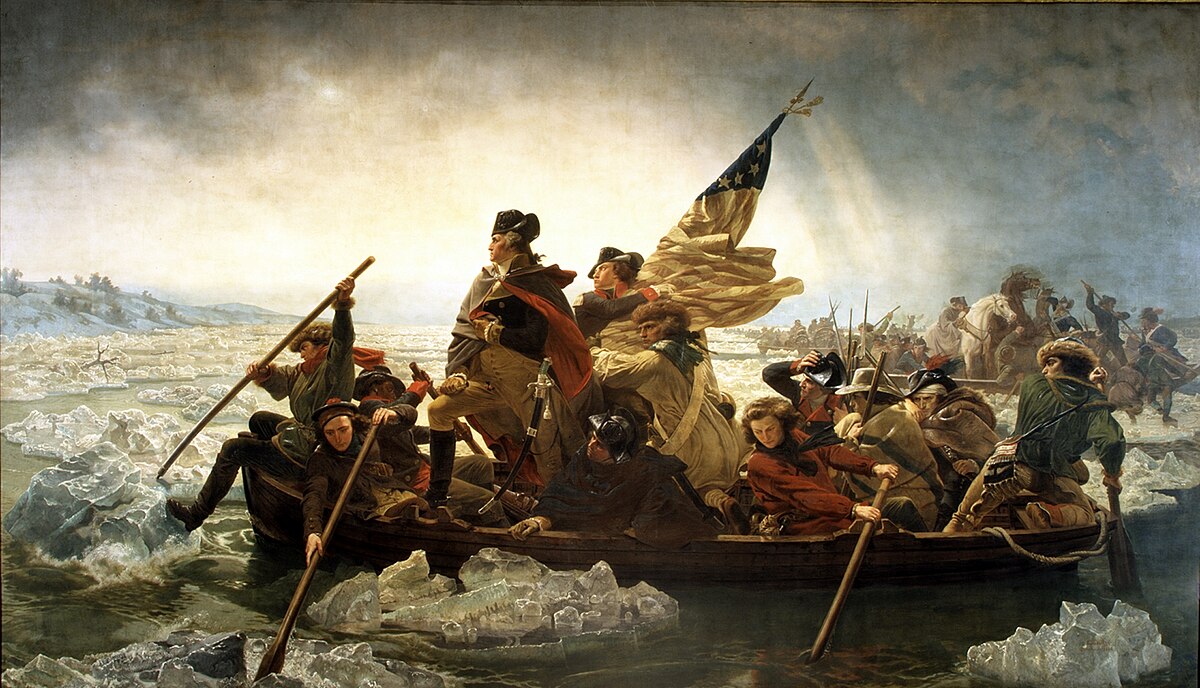
American Revolutionary War
The American Revolutionary War, lasting from April 19, 1775, to September 3, 1783, was the conflict that led to the establishment of the United States. The war began with the Battles of Lexington and Concord and escalated after the Second Continental Congress passed the Lee Resolution, proclaiming the Thirteen Colonies as independent states. Under the leadership of George Washington, the Continental Army fought against British, Loyalist, and Hessian forces. The war expanded to include support from France and Spain for the American cause, making it an international conflict involving theaters in North America, the Caribbean, and the Atlantic Ocean.
Tensions had been building between the American colonies and Britain due to various policies related to trade, taxation, and governance. These tensions reached a boiling point with events like the Boston Massacre and the Boston Tea Party. In response, Britain enacted punitive measures known as the Intolerable Acts, which led the colonies to convene the First Continental Congress and later the Second Continental Congress. These assemblies protested British policies and eventually shifted toward advocating full independence, formalizing militias into the Continental Army, and appointing George Washington as its commander.
Critical American victories, like the Battle of Saratoga, helped secure formal alliances with France and later Spain. These alliances provided essential military and financial support. The war reached its decisive climax at the Siege of Yorktown, where British General Cornwallis was forced to surrender, effectively ending major combat operations. After continued diplomatic efforts, the war formally concluded with the signing of the Treaty of Paris in 1783, in which Britain acknowledged the United States as a sovereign nation. This war not only birthed a new nation but also set precedents in warfare, diplomacy, and governance that would have global repercussions.



